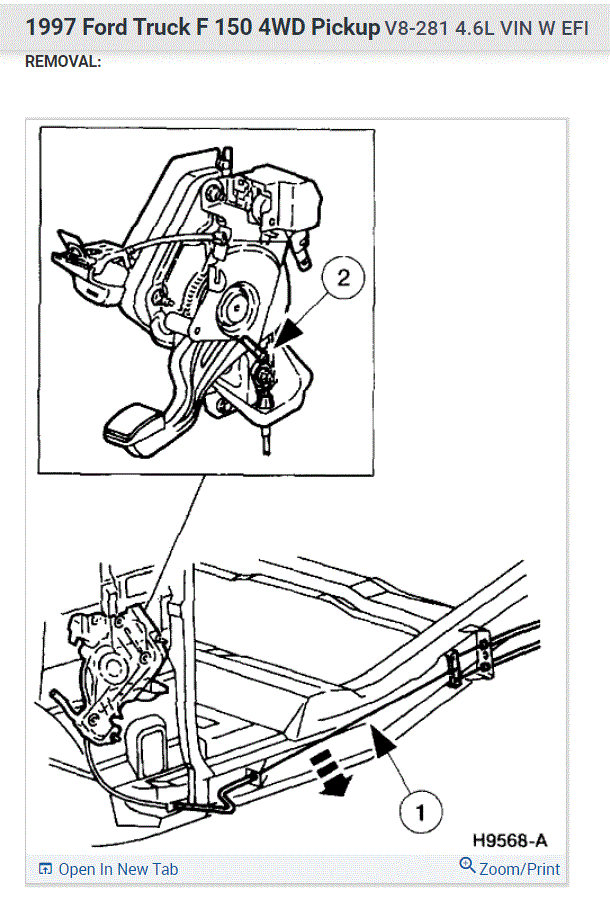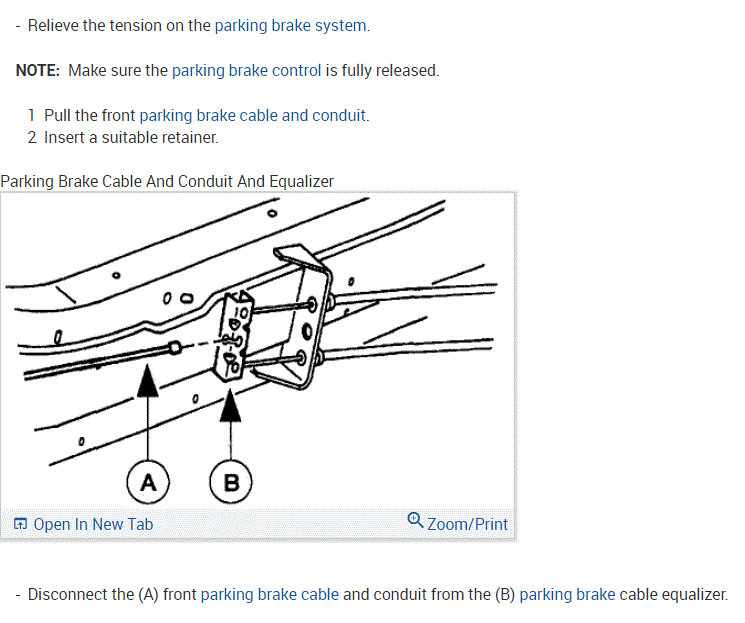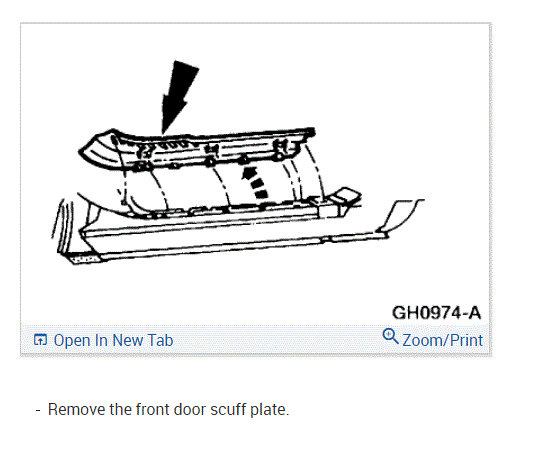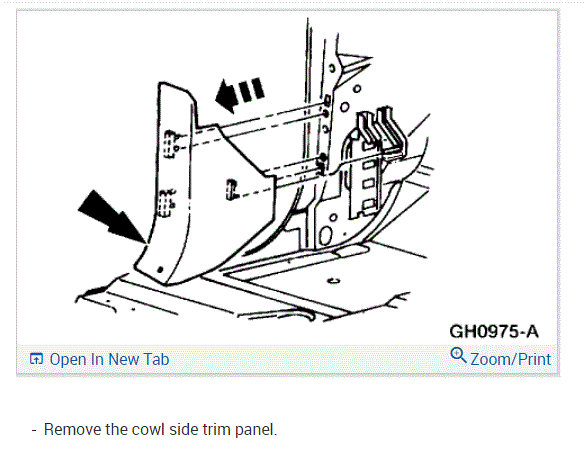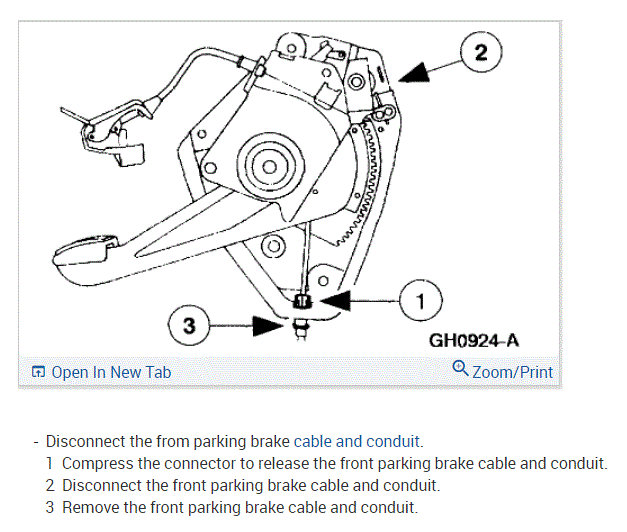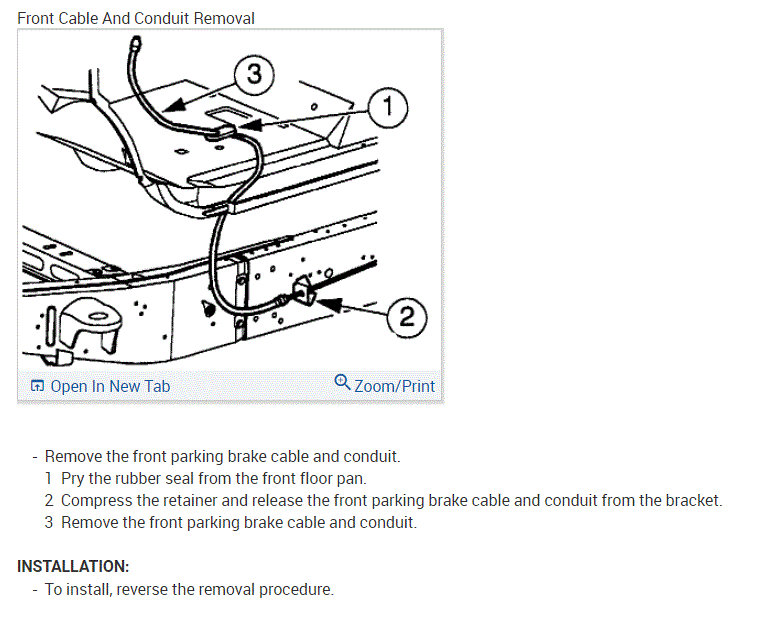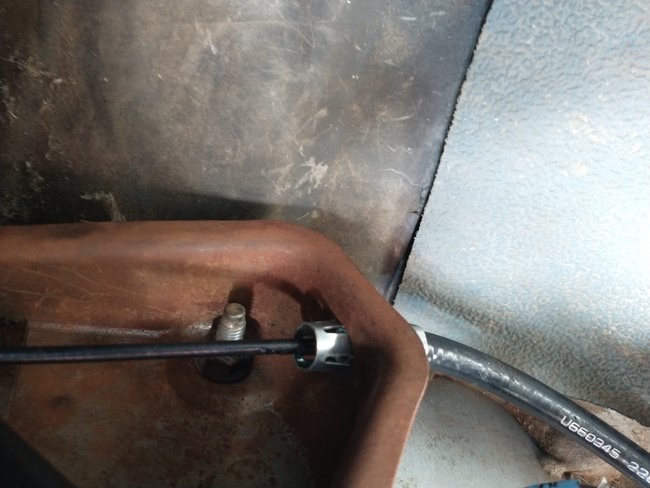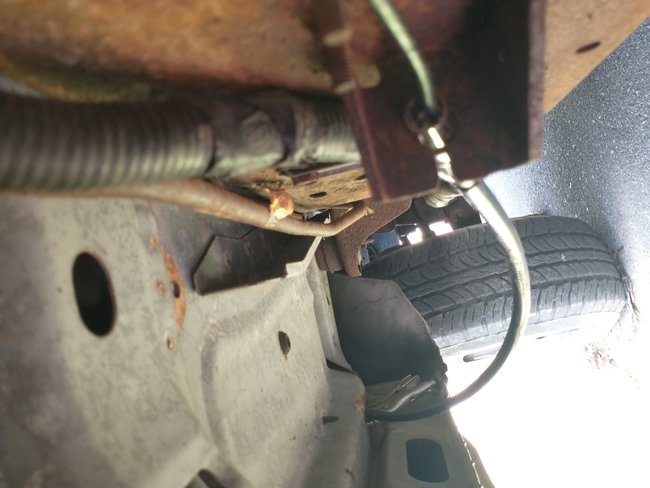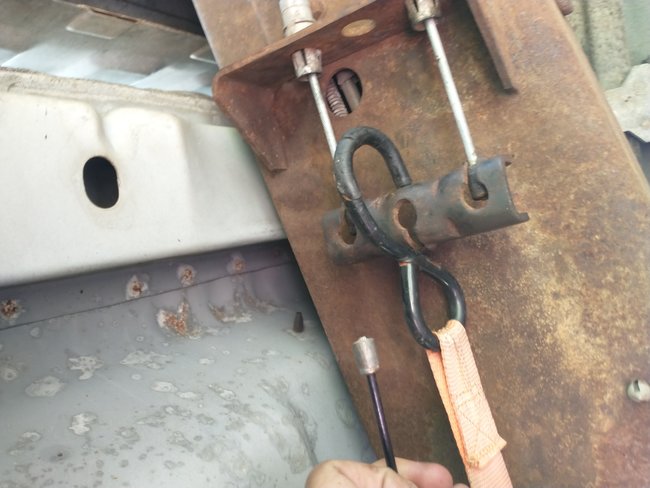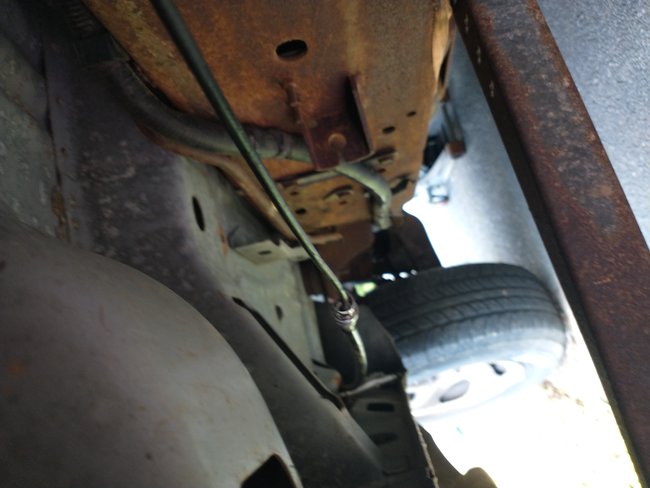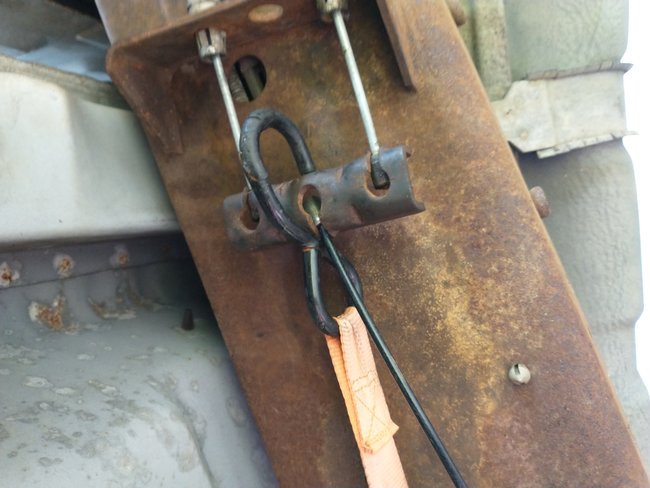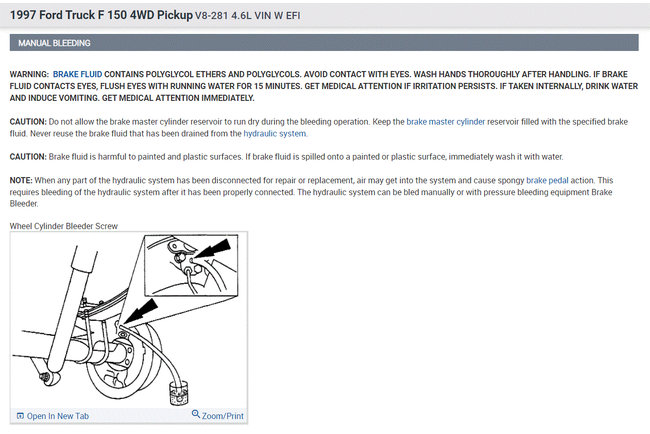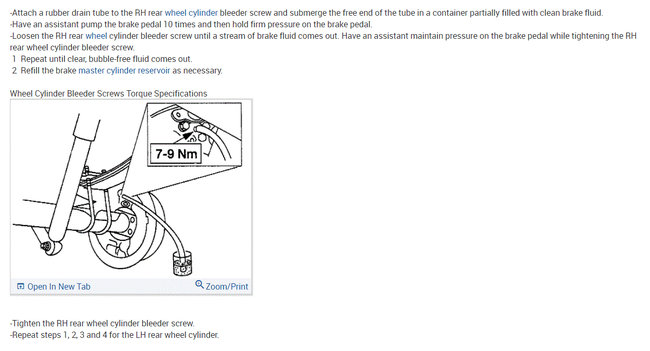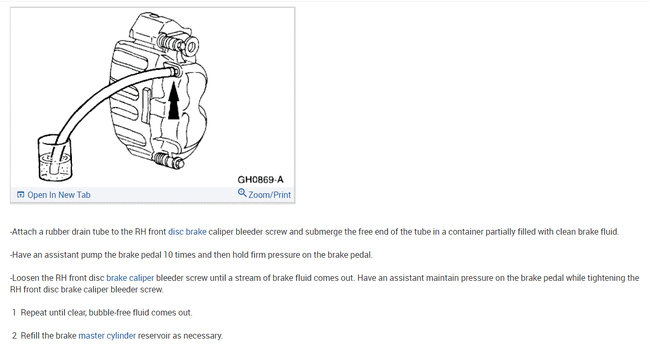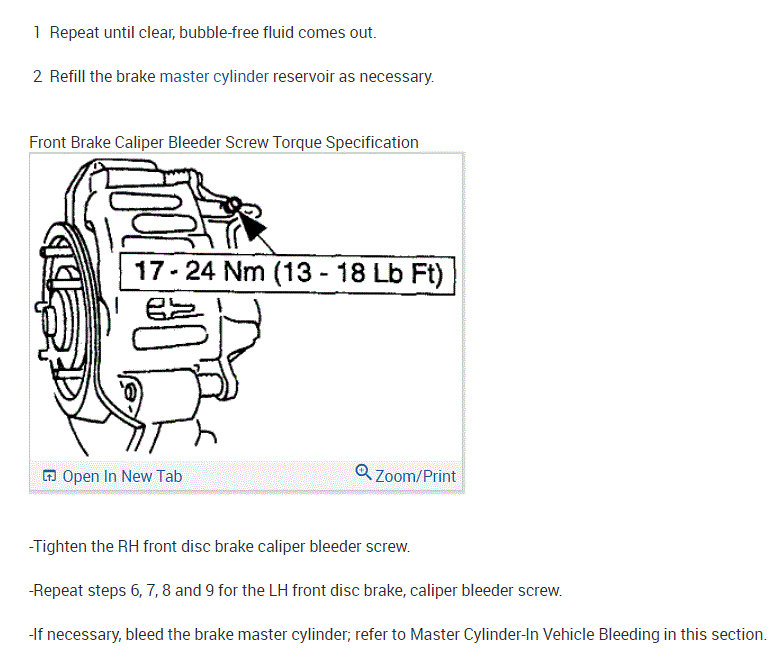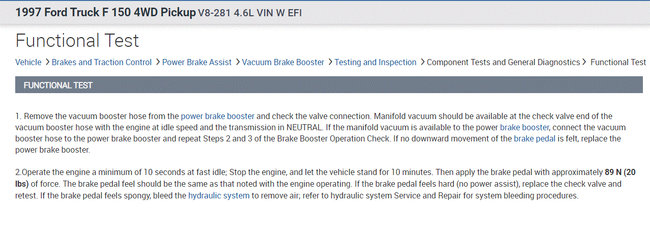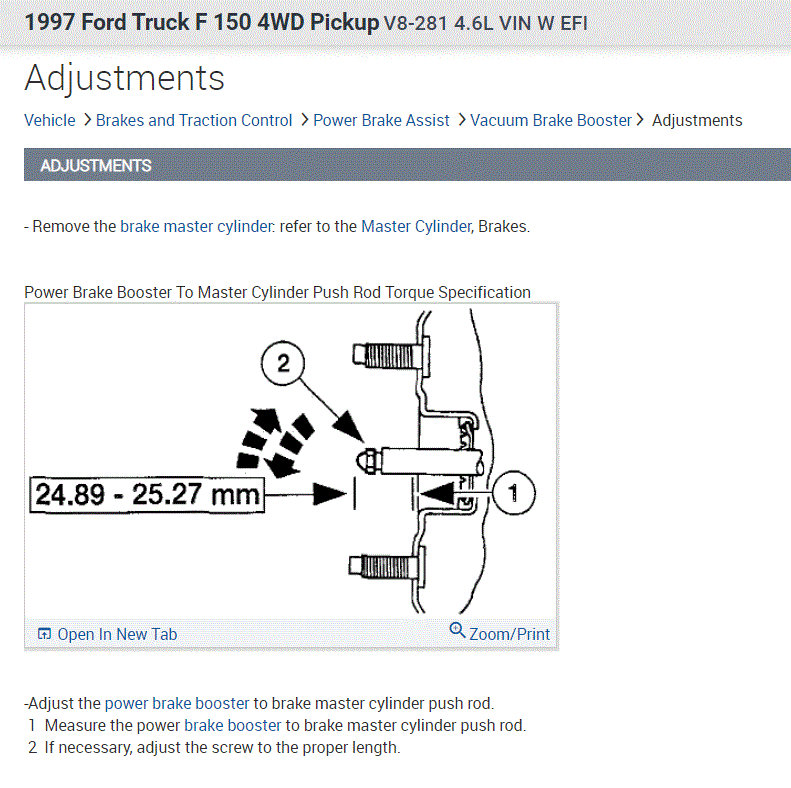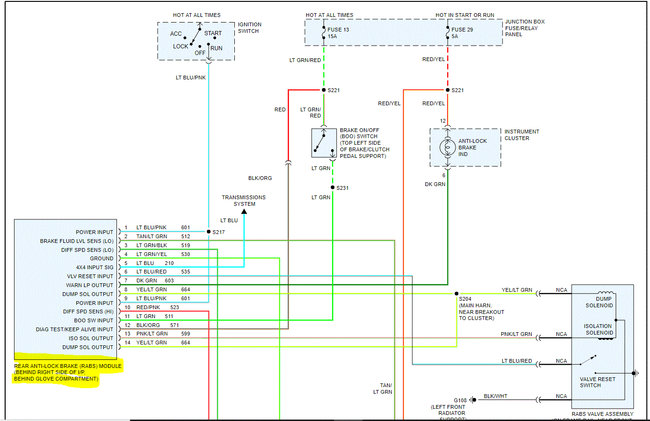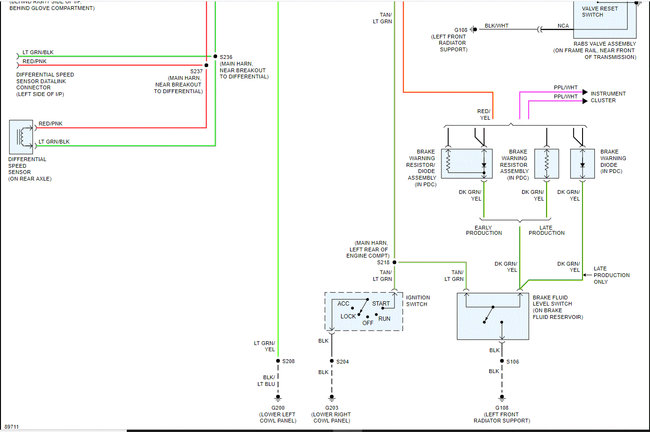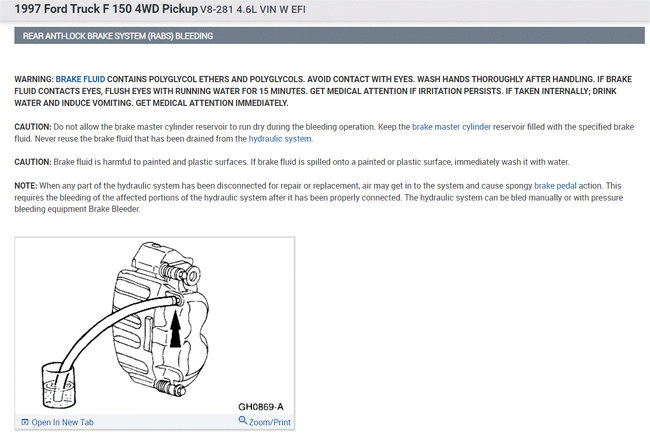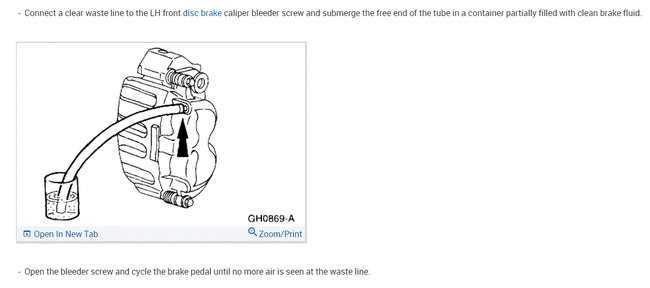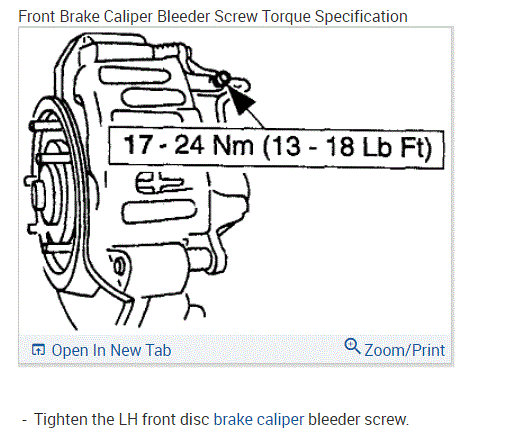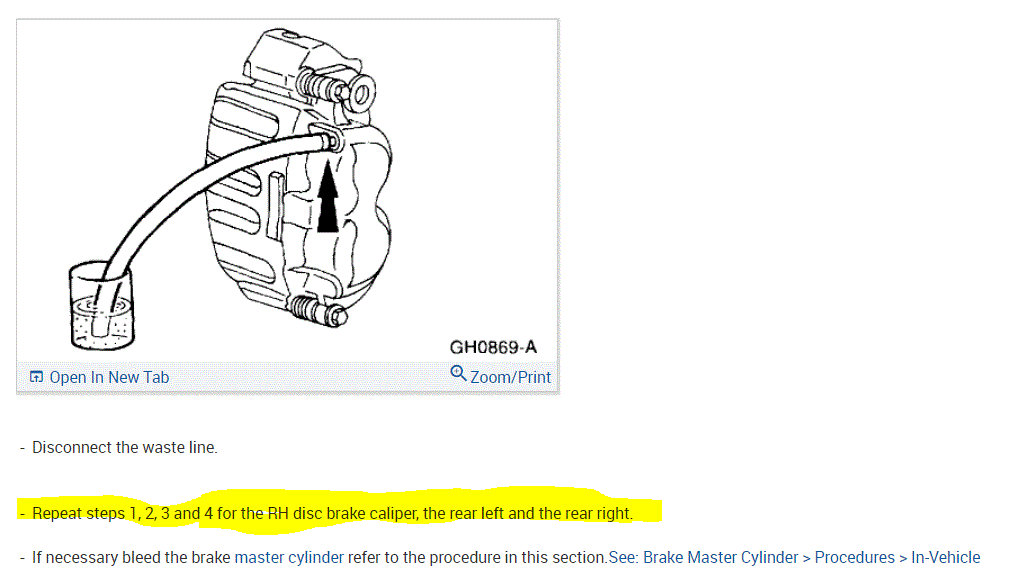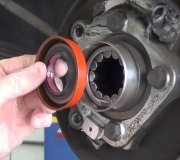I have the truck listed above XL, Extended Cab. The front emergency brake cable broke a couple of weeks ago at the parking brake assembly. I removed the broken portion of the cable from the assembly, and removed the remaining part that run through the floorboard and to the equalizer. Talked to Ford parts got the part number based on the VIN and production date. It calls for a 95.6 inch cable. I have fished the cable around and secured the cable to the assembly and have ran it through the floorboard and connected the other end to the metal bracket on the frame. The cable seems to be about an inch or so short so I'm unable to connect it to the equalizer. I've changed the rear brake shoes and have made sure the star adjuster has been turned all of the way counterclockwise so as to provide enough slack in the cables that run from the rear brakes to the equalizer. I have made sure all of the slack has been pulled out of the cable running from the brake assembly. Still about an inch or so too short. The sheathing on the front cable is bowed, but since the sheathing stops at the cable bracket under the truck I can't pull any slack out of it. If I remove the entire cable from the bracket and attach the cable without it running through the bracket there is more that enough slack in the cable to connect to the equalizer, but it has to run through the bracket and it comes up about an inch short. Any advice? Sorry for the length and thanks for the help.
Friday, August 20th, 2021 AT 7:27 PM
